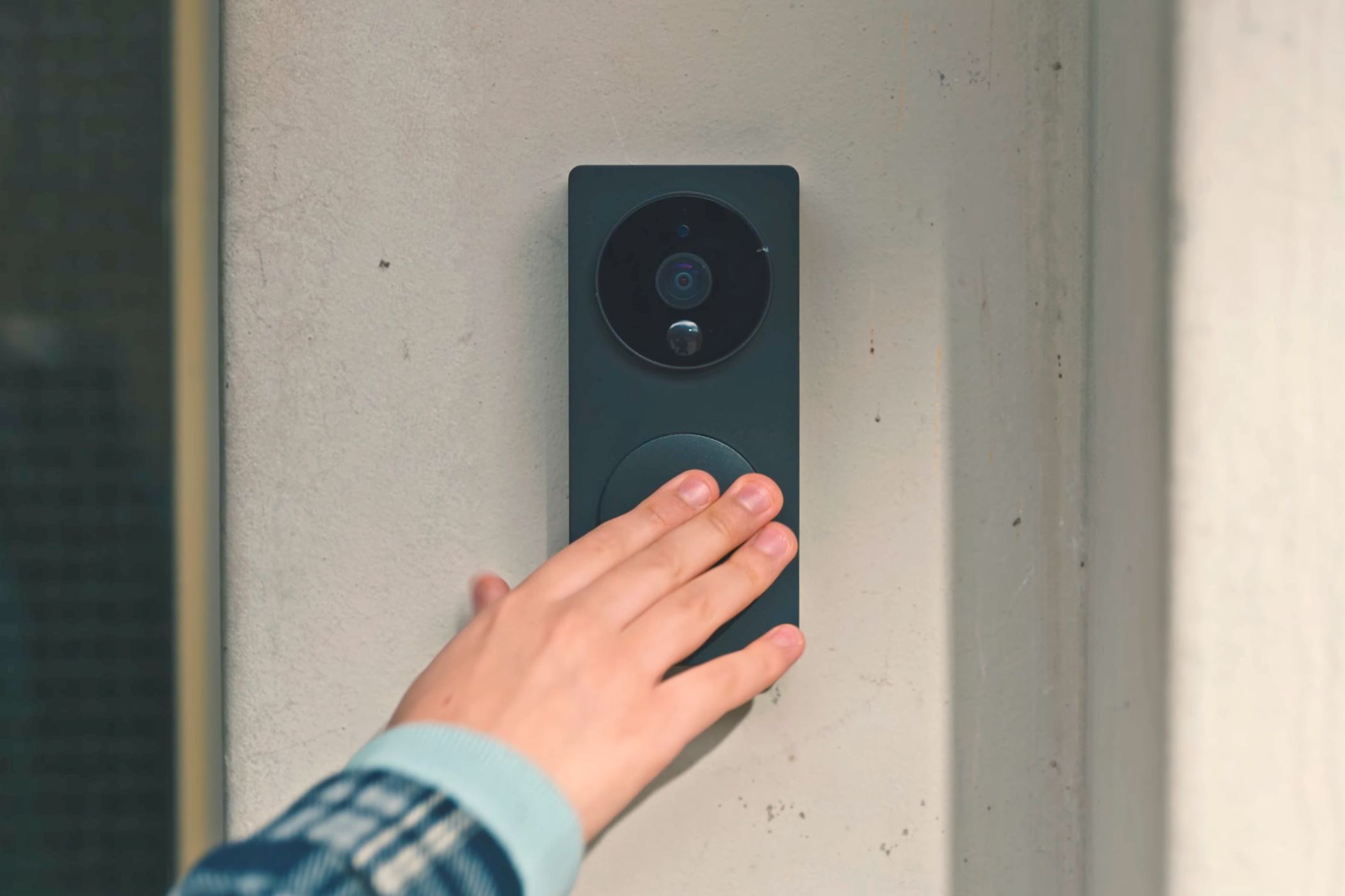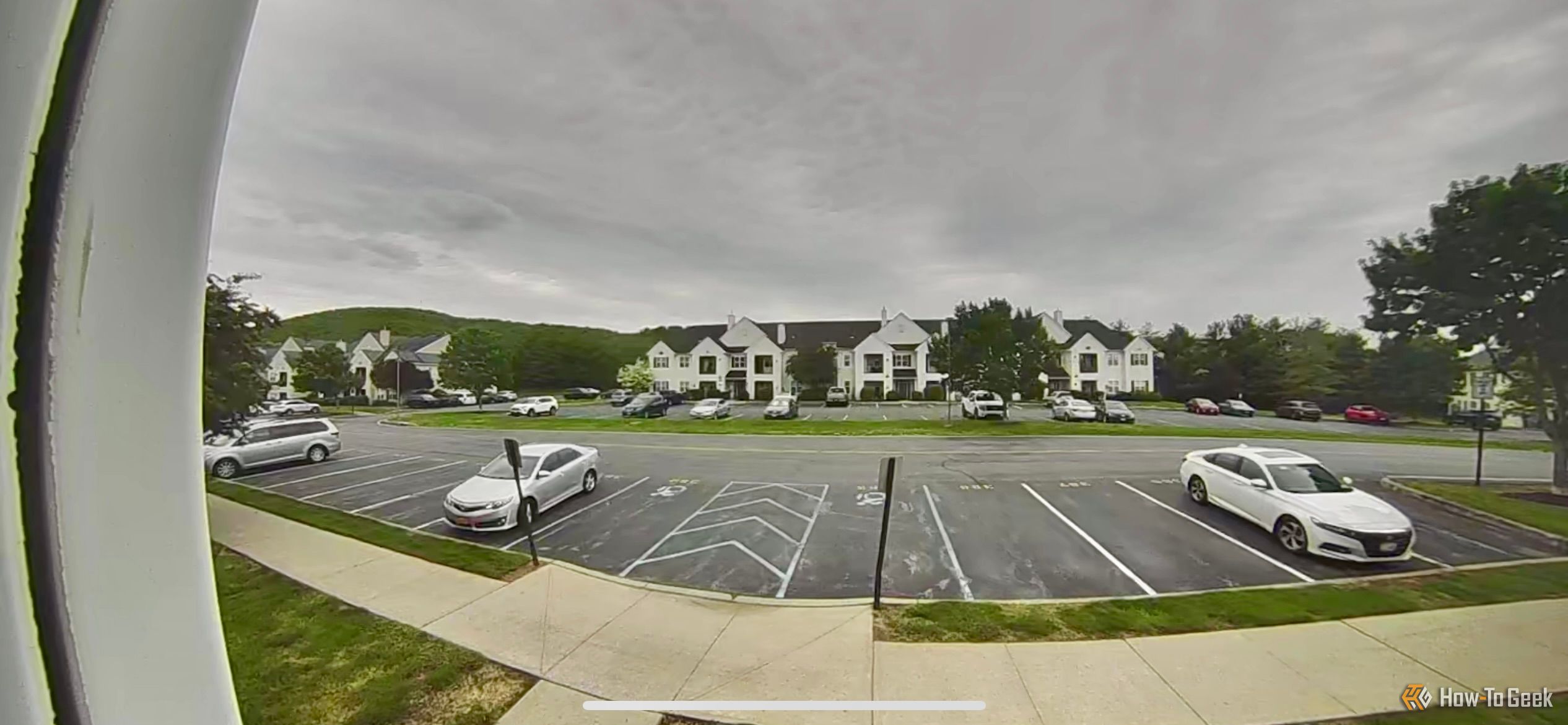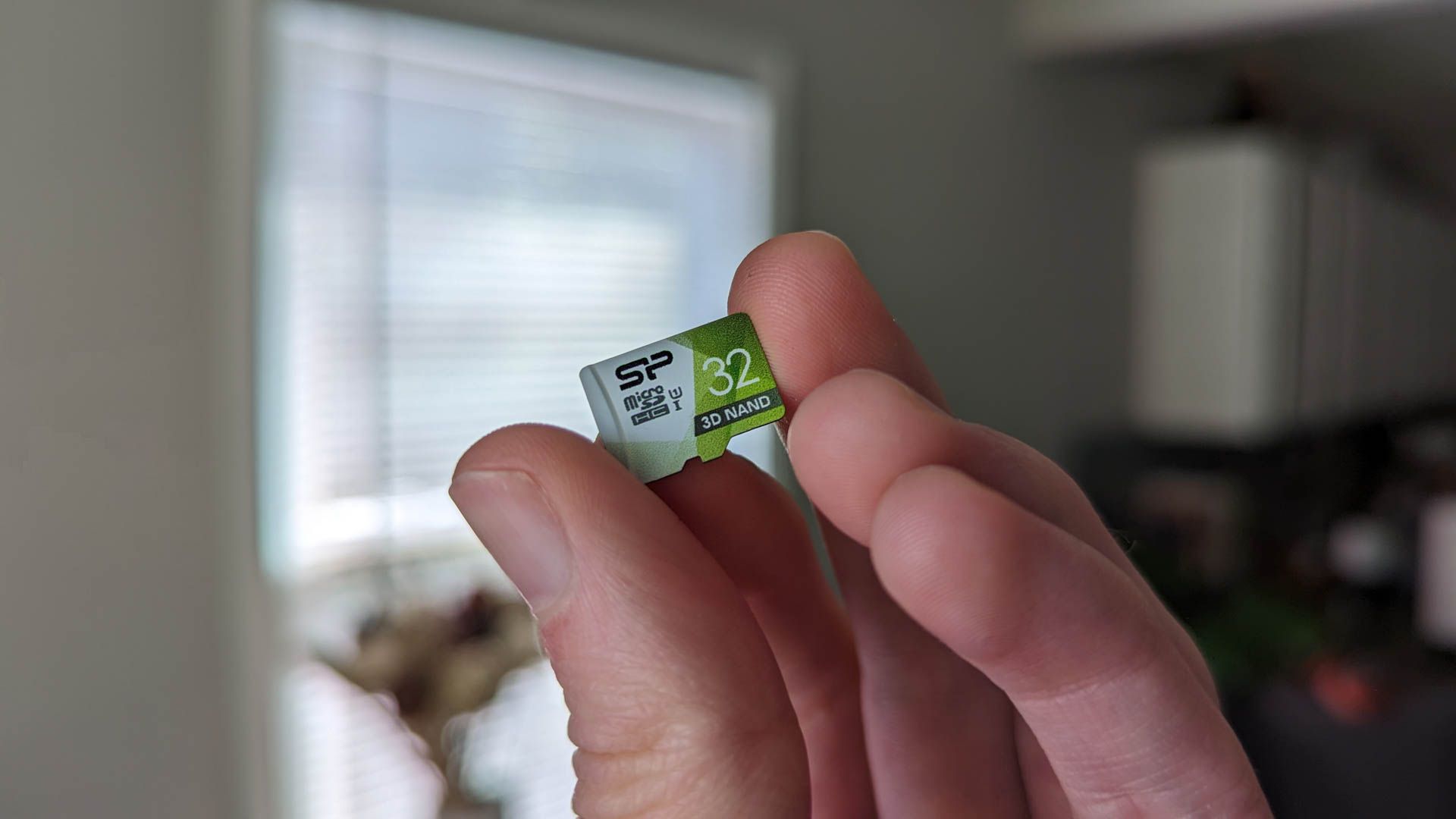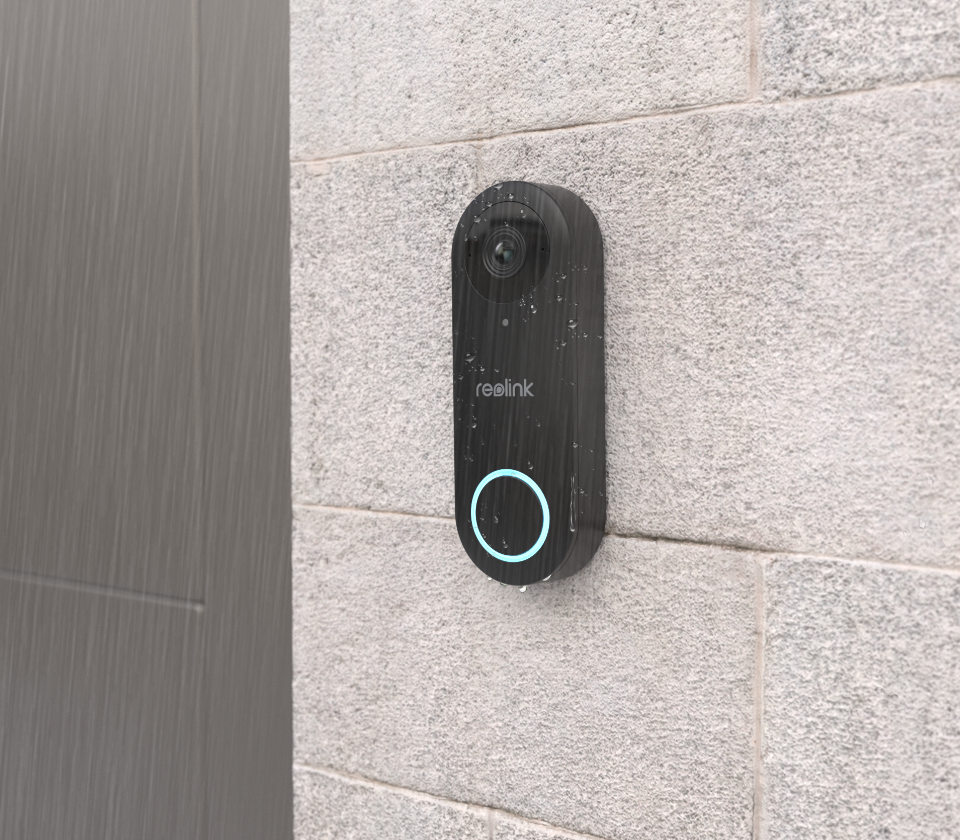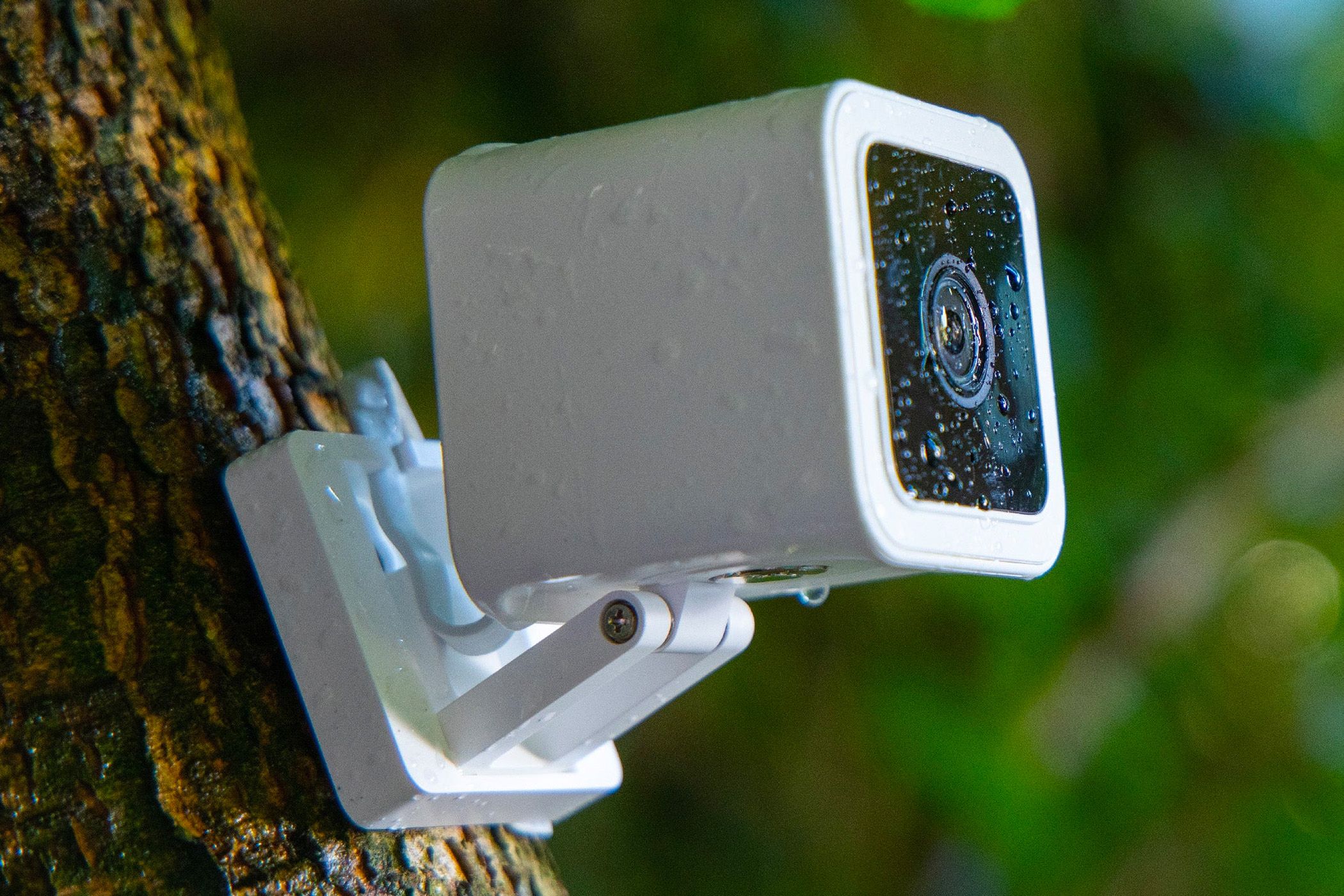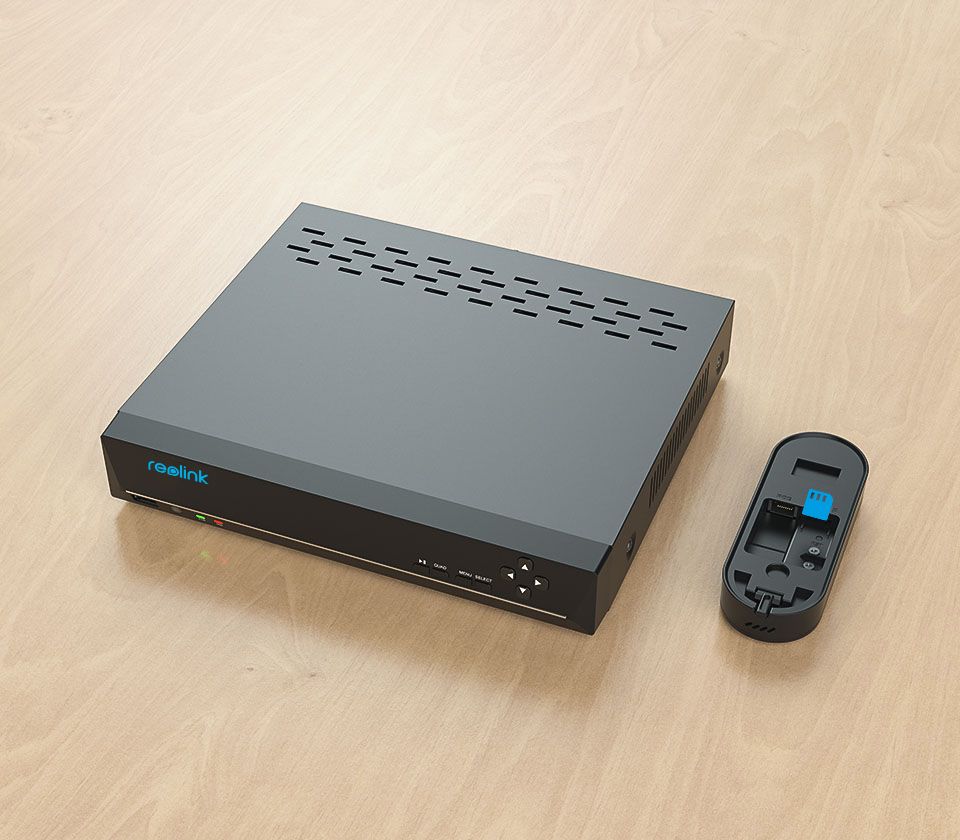Key Takeaways
- High resolution smart doorbells that promise 4K (or even “2K”) might not be worth the money considering the type of functionality they provide.
- Capturing more pixels means that footage will take up more storage and require more processing power (which is a problem for battery-powered doorbells).
- If 4K footage is a priority, consider investing in a proper home security setup wth high quality security cameras.
A smart doorbell lets you see and respond to visitors using your smartphone or tablet, wherever you are. They’re built with convenience in mind, which is why the highest-quality footage isn’t necessarily worth shelling out for.
The basic role of a smart doorbell is to connect you with the person standing outside of your home, whether you’re still in bed or on vacation thousands of miles away. Most of the time, you’re going to be answering these requests on a small smartphone display.
For this reason, the highest quality camera doesn’t usually matter. Instead, you should primarily base your decision around whether to use mains or battery power and which smart home ecosystem to use so that you can integrate your doorbell into your setup.
Much of the time, even 1080p is good enough. If you’re stalling on buying a decent affordable doorbell camera because you’re waiting for crystal clear 4K vision, you’re missing out on a truly convenient smart home device.
Sure, your saved footage will have slightly more detail in 4K or 1440p, but that’s assuming you even want to save your footage in the first place. Many people are content with the basic functionality of telling the delivery person where to leave their package or asking the neighbor to call later when you’re not in the bath.
High Resolution Doesn’t Guarantee High Quality
Do you remember the earliest smartphones that were capable of shooting in 4K resolution? The footage they produced was technically 3840×2160, but the quality left a lot to be desired. This is because there’s a lot more to image quality than the number of pixels that a sensor can capture.
Due to the size of the sensor and the quality of the optics, doorbell cameras are notoriously grainy. The footage is good enough 90% of the time, but paying extra for higher resolutions will likely result in slightly improved poor-quality footage.
You might find that a competing brand that tops out at 1080p actually produces better footage than the higher-resolution sensor on a pricey video doorbell. And that’s to say nothing of the performance when the sun goes down.
You should also pay close attention to the angle captured, measured in degrees. If a camera can only capture a 110º shot, it might not be as useful as a lower-resolution model that hits 130º or 160º. Make sure you consider camera placement when picking an angle (there are both portrait and landscape video doorbells available).
Bigger Videos Require More Storage and Power
Storage might not be an issue, depending on your setup. If you’ve already accepted that you’ll be paying the monthly subscription for Ring Protect, Nest Aware, or another manufacturer’s cloud plan, then you don’t need to worry about how big your footage is (since it’s usually measured in days or weeks).
But if you’re keen to avoid paying doorbell subscription costs, be aware that higher resolution sensors mean larger file sizes. Many doorbells that use local file storage save footage to a microSD card. Once the card is full, the oldest files are the first to go.
This means you’ll have a shorter snapshot of events when saving larger file sizes. Of course, it’s up to you how much you want to spend on a memory card.
Other solutions like eufy’s Homebase exist as upgradeable base stations in which footage is stored on hard drives. The same applies here, though eufy’s solution is designed to operate with a range of devices including “proper” security cameras (which often do hit 4K resolution).
On top of this, larger files require more processing power. For battery-powered models, this means higher power consumption. Though chips are likely to get more efficient over time, it’s always going to be less “expensive” in terms of power consumption to capture lower-resolution video.
Most Doorbell Cameras Max Out at “2K”
At the time of writing, there are relatively few smart doorbells on the market that record footage in 4K. Two that stand out are the Lorex 4K Wired Smart Doorbell and the Swann Buddy4K Wireless Doorbell. Most other models top out at 1080p, or “2K” resolution.
2K is a slightly nebulous term. It has a definition within cinema that means 2048×1080, whereas others use the term to refer to 1440p resolution of 2560×1440 (also known as QHD). Ultimately, it’s up to the manufacturer to decide how this is interpreted.
Sometimes, the resolution is simply referred to as 5MP (since a 2560×1440 image has around 4.9 million pixels in it). Reolink is one such doorbell manufacturer that uses this terminology when discussing video resolution.
But some of the most popular doorbells on the market don’t even hit 1080p, like Google’s battery-powered Nest Doorbell which only manages 960×1280 (the wired version takes this up to 1600×1200). Frame rates on both the battery and wired versions cap out at 30 frames per second, which is smooth enough for the footage not to feel like a slideshow.
In the coming years, 4K doorbells are likely to become more widely available but they’re not necessarily going to become essential purchases. You’ll get the same functionality and better value by opting for a basic model instead.
A smart doorbell replaces a “dumb” doorbell by adding a heap of additional functionality, from two-way communication to smart home integration. With so many opting for battery-powered doorbells, it’s no wonder that 4K hasn’t taken off in a big way yet.
But that’s not the case when it comes to security cameras, many of which are designed to be wired in. Since power and storage constraints aren’t quite as pressing when it comes to home security, 4K security cameras aren’t only common they’re also a lot cheaper.
You can buy a two-pack of 4K Reolink wired security cameras for less than the cost of the Lorex and Swann 4K video doorbells we mentioned earlier. Individual 4K cameras can be purchased for less than $50, sometimes with a power source like a solar panel.
Security is one area where higher resolution might be worth the cost. Though doorbells can play a role in home security, they’re no replacement for a proper setup. You’ll need to invest a bit more in wiring, Power-over-Ethernet injectors, and a means of recording your footage like a Network Video Recorder (NVR), so the cost expectation is a little higher.
Though higher-quality footage might be useful if you need to identify someone, some of the best security cameras don’t hit 4K either and can be had for less than $30. They make doorbells look very expensive in comparison, but the truth is that many households opt for a smart doorbell before they even consider a full home security setup.
The best video doorbells are usually defined by their features and value for money, not their Oscar-worthy image quality. Before you add one to your smart home, make sure you run through the privacy concerns of an always-on internet-connected camera.

